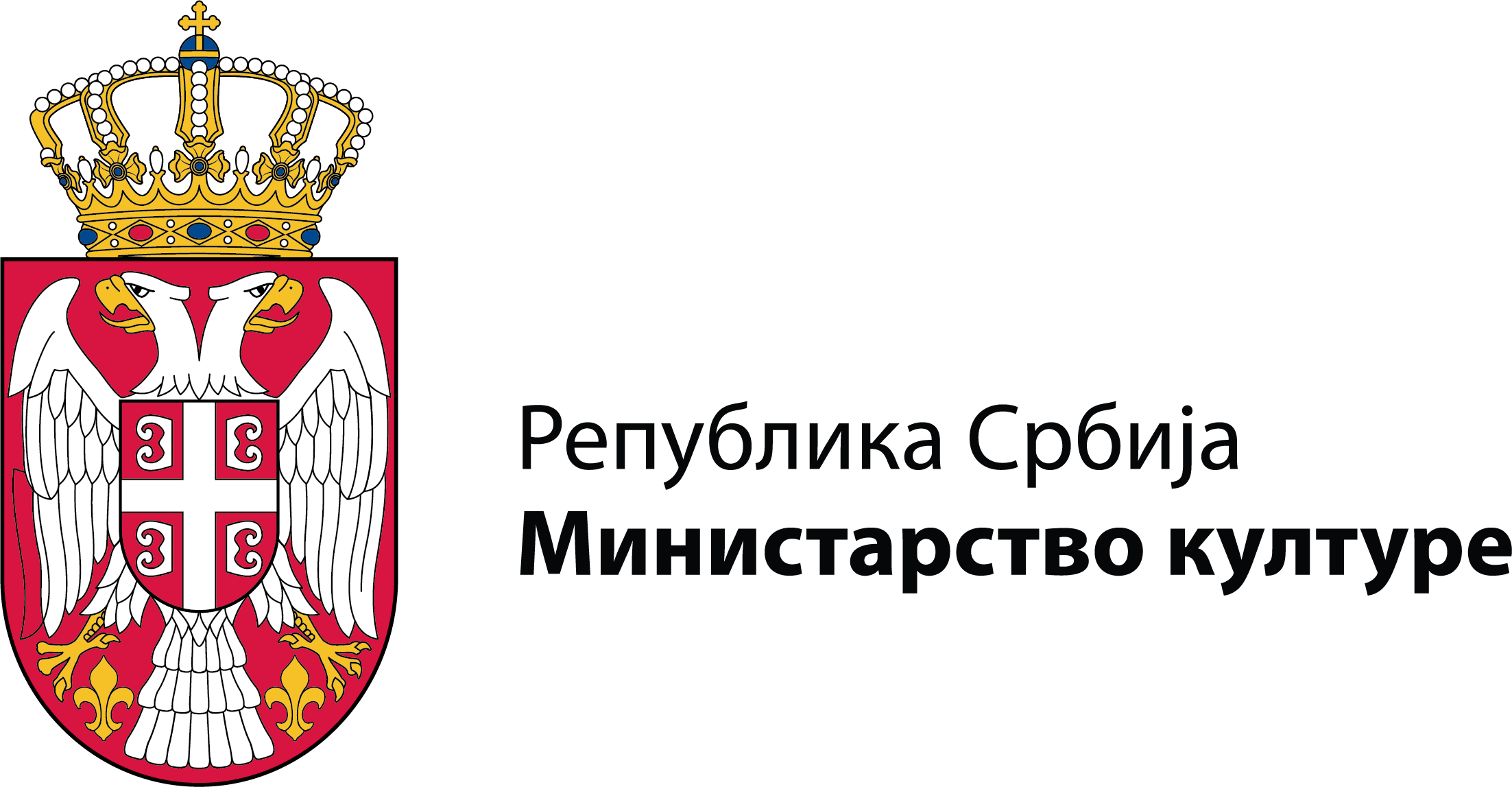The collection consists of textiles of the rural, and to a lesser extent, the urban population, created in the 19th and 20th centuries.
It was primarily decorated through domestic craftsmanship. Most of the items were made by women, who from an early age gradually learned textile skills such as spinning, weaving, knitting, and embroidery.
The objects in the collection are categorized based on the materials they are made from, their functional use in the household, and their region of origin.
Among the most notable for their scale and creative expression are the collections of towels, woolen coverings, pillowcases, bed linens, as well as tablecloths and curtains.
A particularly valuable collection of coverings includes woolen textiles used to cover beds, walls, floors, and tables. The highlight of this collection is the Pirot kilim collection, the most significant of its kind in Serbia.
The collection consists of 4,700 items.
ЗThe curator in charge of the collection is Marina Cvetković, museum advisor: marina.cvetkovic@etnografskimuzej.rs
The objects in the collection are categorized based on the materials they are made from, their functional use in the household, and their region of origin.
Among the most notable for their scale and creative expression are the collections of towels, woolen coverings, pillowcases, bed linens, as well as tablecloths and curtains.
A particularly valuable collection of coverings includes woolen textiles used to cover beds, walls, floors, and tables. The highlight of this collection is the Pirot kilim collection, the most significant of its kind in Serbia.
The collection consists of 4,700 items.
ЗThe curator in charge of the collection is Marina Cvetković, museum advisor: marina.cvetkovic@etnografskimuzej.rs

